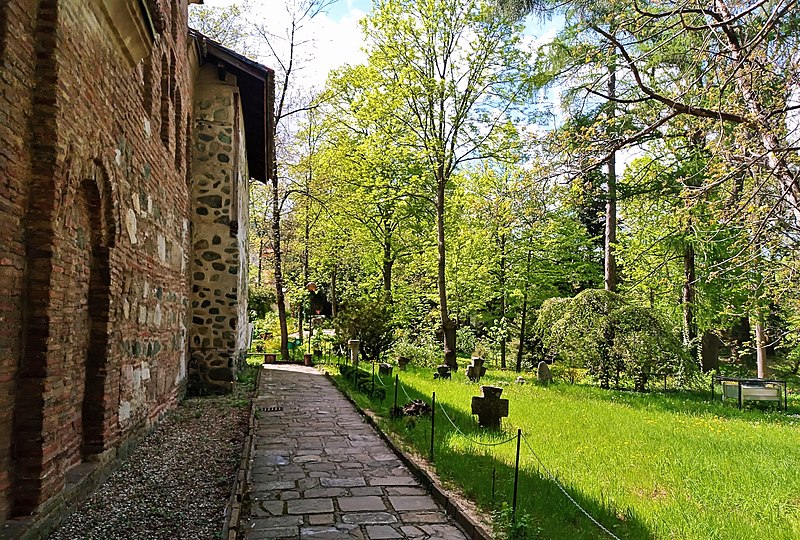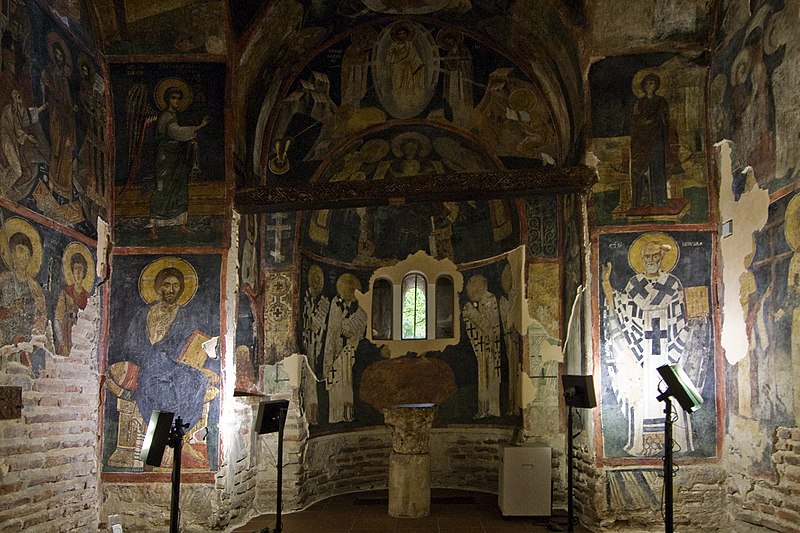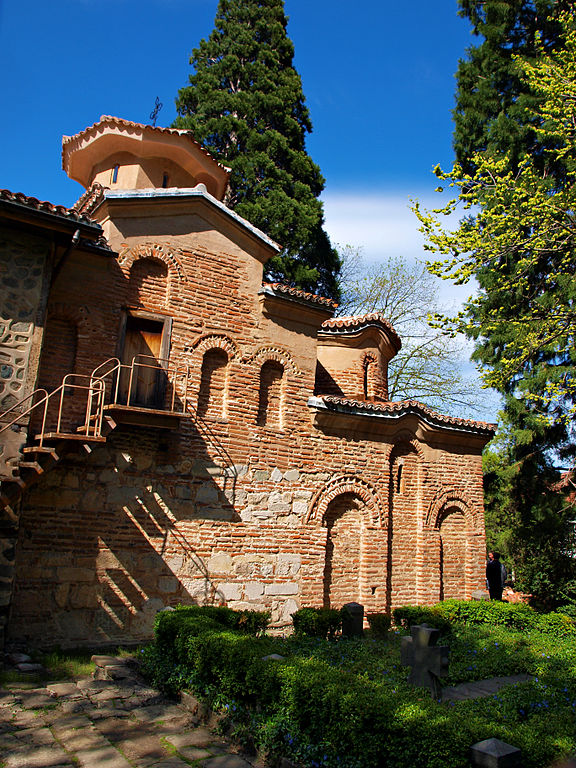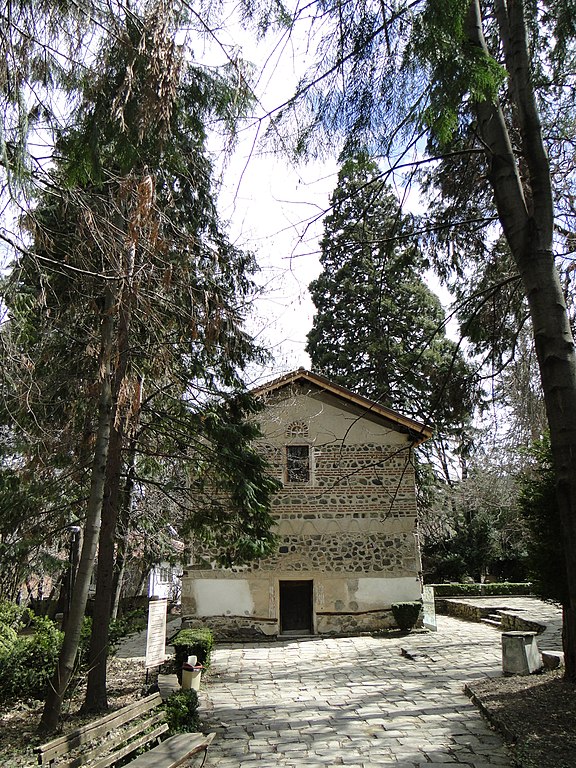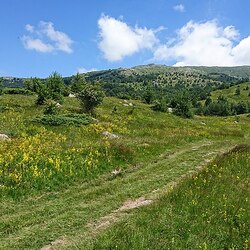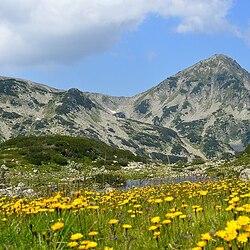Boyana Church
The Boyana Church is located in the eponymous district of Sofia. The area is built up with low-rise private houses, and there is an old park around the church.
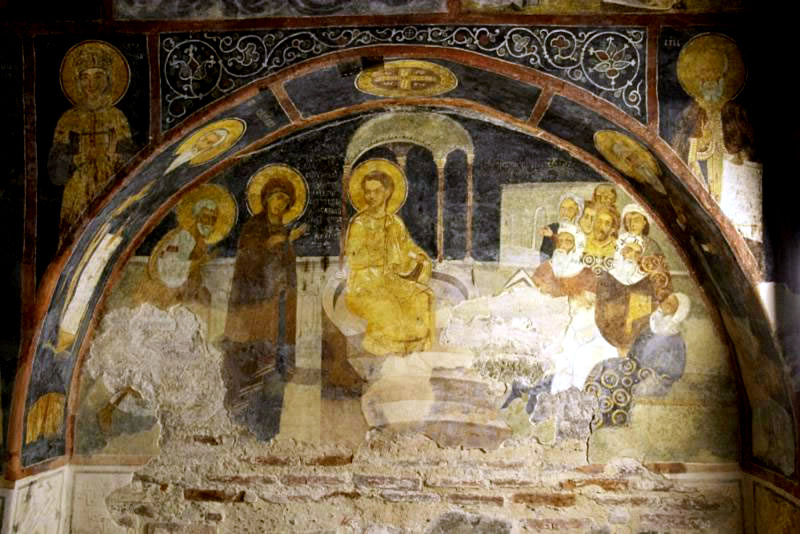
The History of the Church
The Boyana Church has a long and interesting history, which is very evident from the church itself. It was built in three stages, or rather, each time a new part was added to the finished structure.
The smallest part, which is also the oldest, was built in the 11th century and illuminated in honor of St. Panteleimon and St. St. Nicholas the Wonderworker. The size of the church was 6 m2. It is the only one with a small dome. The next part was added to the old church building in the 13th century. The annex had 2 floors, on the ground floor there was a chapel and a tomb, on the second — the church of St. Panteleimon. At the same time, the wall painting began. In the 18th century, another part was added. The construction was supervised by the Byzantine courtier Kaloyan, who also continued the frescoing of the temple. The frescoes were executed in an unconventional, realistic style for that time.
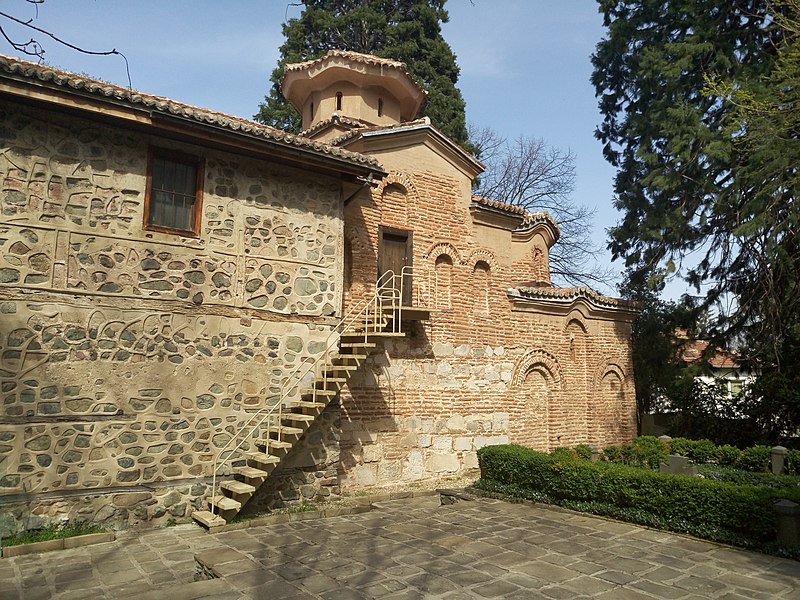
At the beginning of the 20th century, the local population wanted to build a new large church on this territory, for this they would have to demolish parts of the old one, leaving only the very first part of the 11th century. Eleanor, the wife of King Ferdinand, identified another location for the new temple, and a park appeared around the church. The tsar ordered to plant exotic redwoods in it, among other things. To date, these trees have grown into real giants.
Attractions
The most valuable historical paintings are the ancient frescoes, some of which have been preserved since the 13th century. The collection includes more than 200 images of saints and historical figures of those times. The painting is quite well preserved, the images are realistically spelled out. To a large extent, thanks to the frescoes, the nondescript-looking small church has received the status of a world heritage site.
There is a small cemetery on the territory around the church, and it is no longer possible to distinguish who was buried here and when on the old tombstones. The grave of Queen Eleonora stands out from the rest, thanks to which the Boyana Church survived and was restored not so long ago. At the entrance to the territory of the Boyana Church, there is a stele in honor of the inhabitants of Boyana who died in the Balkan wars. In the museum complex formed at the church, you can learn more about its history and see a 3D model of the entire temple.
There are no services held in the church now, it functions as a museum, admission is paid, and it is forbidden to film inside. Due to the small internal size, tourists are allowed in small groups of up to 8 people. The historical monument is very popular with locals and visitors of Bulgaria.
